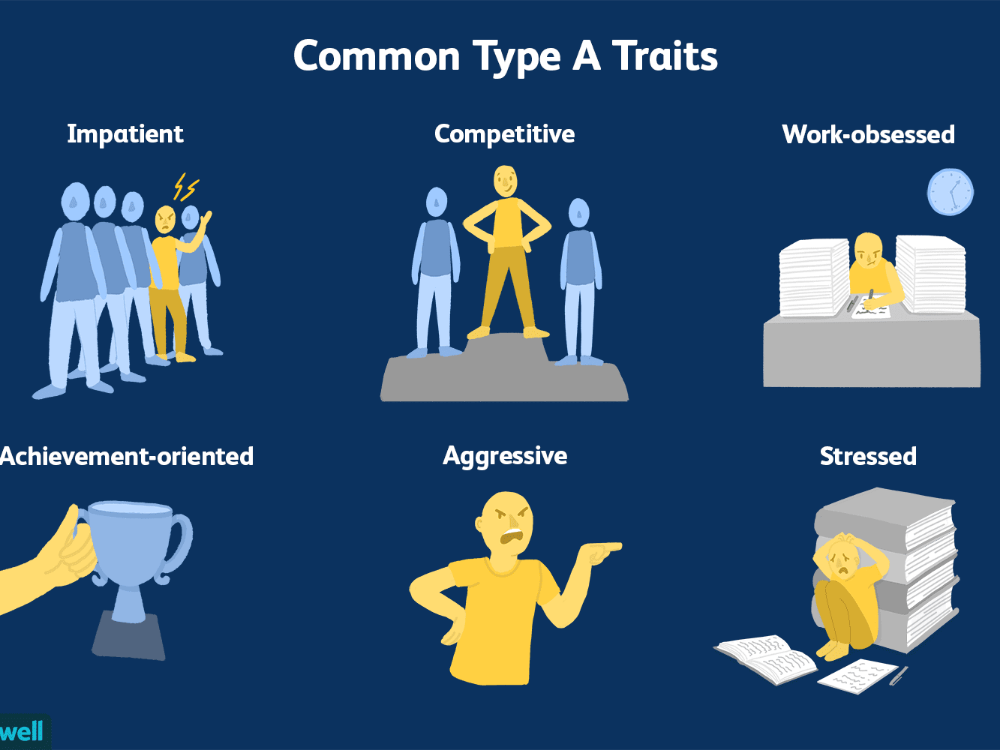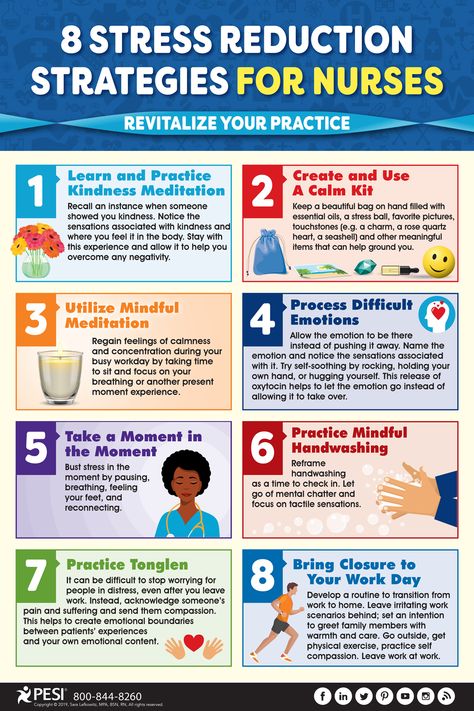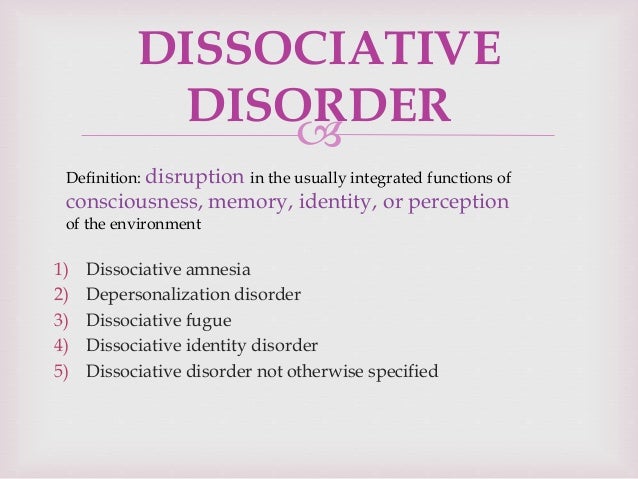Witnessing the mind
Cultivating the Witness - Ram Dass
One way to get free of attachment is to cultivate the witness consciousness, to become a neutral observer of your own life. The witness place inside you is simple awareness, the part of you that is aware of everything — just noticing, watching, not judging, just being present, being here now.
The witness is actually another level of consciousness. The witness coexists alongside your normal consciousness as another layer of awareness, as the part of you that is awakening. Humans have this unique ability to be in two states of consciousness at once. Witnessing yourself is like directing the beam of a flashlight back at itself. In any experience — sensory, emotional, or conceptual — there’s the experience, the sensory or emotional or thought data, and there’s your awareness of it. That’s the witness, the awareness, and you can cultivate that awareness in the garden of your being.
The witness is your awareness of your own thoughts, feelings, and emotions. Witnessing is like waking up in the morning and then looking in the mirror and noticing yourself — not judging or criticizing, just neutrally observing the quality of being awake. That process of stepping back takes you out of being submerged in your experiences and thoughts and sensory input and into self-awareness.
Along with that self-awareness comes the subtle joy of just being here, alive, enjoying being present in this moment. Eventually, floating in that subjective awareness, the objects of awareness dissolve, and you will come into the spiritual Self, the Atmān, which is pure consciousness, joy, compassion, the One.
The witness is your centering device. It guides the work you do on yourself. Once you understand that there is a place in you that is not attached, you can extricate yourself from attachments. Pretty much everything we notice in the universe is a reflection of our attachments.
Jesus warned us, “Lay not up for yourselves treasures upon earth, where moth and rust doth corrupt . . . For where your treasure is, there will your heart be also.” Desire creates your universe; that’s just the way it works.
. . For where your treasure is, there will your heart be also.” Desire creates your universe; that’s just the way it works.
So your first job is to work on yourself. The greatest thing you can do for another human being is to get your own house in order and find your true spiritual heart.
– Excerpt from Ram Dass’ newly released book Polishing the Mirror: How to Live From Your Spiritual Heart
- More
How to Be a Witness to Your Thoughts
“Develop the ability to stand back and be a witness to your thoughts.
This will make your mind strong.” – Amma
If you’ve ever suffered from a jumble of thoughts and struggled to make sense of them all, be comforted that you’re not alone. Each of us has this unsettling experience, and some of us on more occasions than others. At times like this, it’s difficult to make any decision, since there’s often doubt and confusion clouding sound judgment. What’s a person to do? How can you quiet the discordant thoughts and arrive at some sort of clear thinking?
Meditation experts praise the practice’s ability to allow the practitioner to do just that. Not only does meditation acknowledge that such thoughts are clamoring for attention and seeking to disrupt life, it also permits the practitioner to distance himself or herself from the chaos and confusion by developing the ability to detach and watch what’s going on.
It’s this detachment and witnessing that produces a sense of calm – even amid the noise and discord. Simply put, you become able to stand back and watch, to witness your thoughts without being ruled or controlled by them.
Such an ability to remain apart, yet witnessing it all, is the foundation for development of a strong, clear mind. It isn’t that problems, issues or conflicting and competing demands will suddenly disappear. They won’t. But you’ll be better able to determine a course of action once you’re removed from the power such distractions seek to claim over you.
WITNESS YOUR THOUGHTS — WITHOUT MEDITATING
But what if you don’t practice meditation? Is it still possible to stand back and be a witness to your thoughts? If so, how? Here are some suggestions:
1. Acknowledge the thought’s presence.
When a thought that’s distressing or highly charged enters your mind, acknowledge its presence. Don’t fight to quash it, because that won’t work. By acknowledging the thought, you address its presence. You are not giving it power, just witnessing it. Then, allow your mind to drift to the next thought and do the same.
Tip: This may seem trivial or unimportant, especially if you’ve got many items on your to-do list. Yet, you must be willing to acknowledge the thought’s presence to dissipate its power. Go with the process. You’ll find that it’s easier than you think.
Yet, you must be willing to acknowledge the thought’s presence to dissipate its power. Go with the process. You’ll find that it’s easier than you think.
2. Stay still, taking no immediate action.
Remain still and exert no action that is propelled by the thought, not now. There will be adequate time to deal with what needs to be done once your mind is clear and free of distractions — after you’ve acknowledged all the distressing, distracting, competing and conflicting thoughts and moved on.
Tip: It’s tough for action-oriented individuals to sit still and do nothing. Quiet the promptings of your mind that tell you you’re wasting time. You’re not. Remain still even if it feels uncomfortable. This is part of the process of learning how to be a witness to your thoughts.
3. Let your silence envelope you.
Allow the inner silence to envelope you. Notice the sense of calm and peace you feel. This permits your higher consciousness to sift through and find the answers you seek.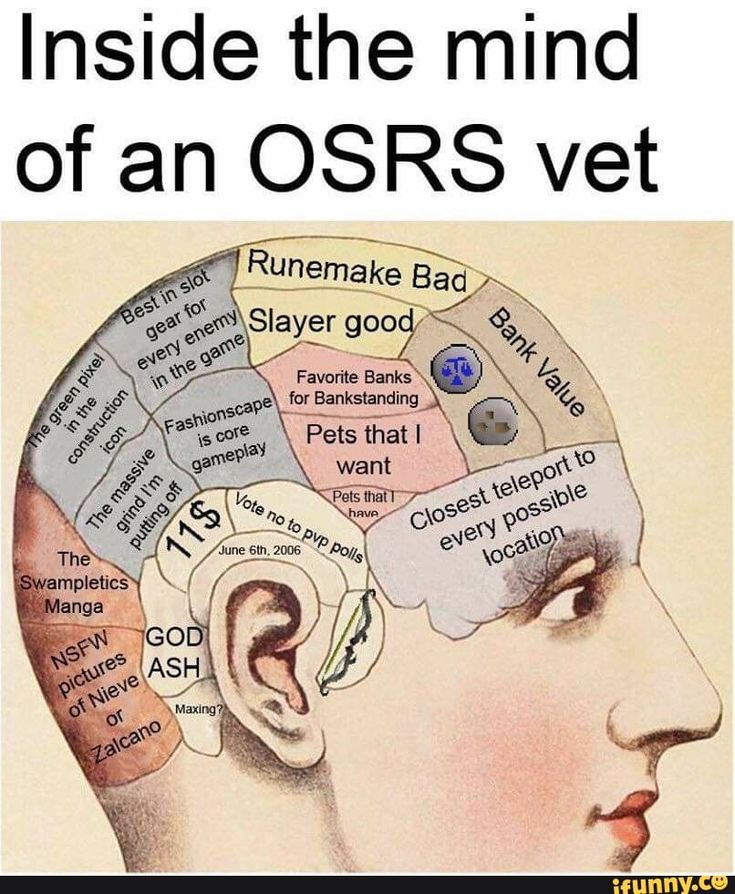
Tip: If you’re struggling with letting silence envelope you, don’t feel like you’ve failed or can’t possibly achieve calm and peace. Take a few deep breaths and picture a serene and peaceful place. Imagine yourself there, fully immersed in the experience. All external noise and stimuli should gradually disperse, leaving only silence. Sit with this silence and embrace it.
4. Slowly return to the present.
After allowing time for witnessing your thoughts, gradually return to the present. You should have some resolution to your quest and be able to create workable solutions. That’s because your mind is clear and free of clouded and conflicting thoughts. You have helped to strengthen your mind.
Tip: Be willing to make use of this process whenever you want to return to your center, to find an oasis amid the jumble of everyday life. Practice these steps and you’ll find that you’re better able to find clear solutions to your problems.
The practice of observing the mind / Blog them.
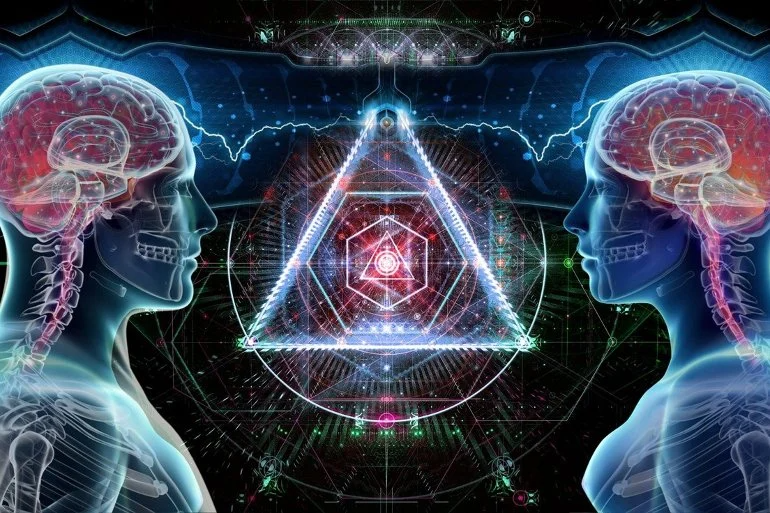 vig0ur / World of Advaita
vig0ur / World of Advaita Here only about the daily practice of observing the content of the mind. This practice is preparatory to the next practice, the mind's observation of itself.
The essence of this practice is that by observing the contents of the mind, it is not meant to follow every thought, and not to fall into a mental dream. When we unconsciously get involved in dreams, the main character is usually ours
fictional person . This involvement is called mental dreaming.
The habit of looking into the contents of the mind will save us from periods of unconscious thinking, in which the main layer of vasanas is located, the mind's habit of personal thoughts. The normal dualistic mind is 80% thoughts about yourself and 20% about everything else. We have to get rid of these 80% thoughts so that we can be easier in the Awareness of the Conscious-Thinking-Perceiving (I am-sense of self-being) But this work needs to be done with high quality, five plus.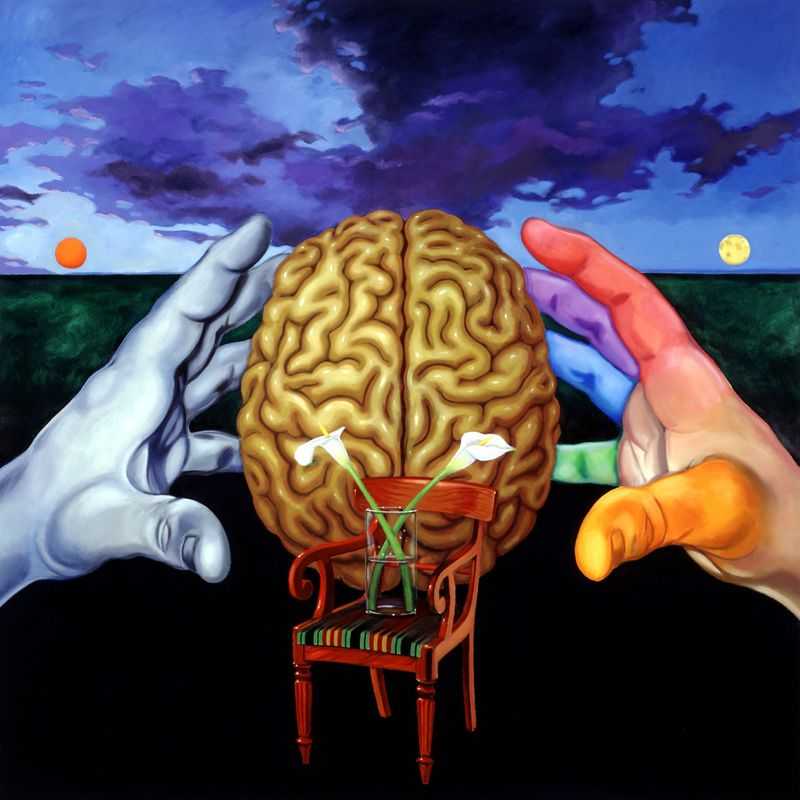 That is why it is so complicated and long.
That is why it is so complicated and long.
Observing the content of the mind is self-knowledge, it will tell us about the mind. You need to be patient, because the mind cannot be quickly emptied. We will observe as often as we can but
If our aspiration is strong and we use all our free time, then this will be enough. Observation of the contents of the mind is the turning of the mind towards itself. This practice empties the mind and there are periods of thoughtlessness. We need to gradually "taste" them and get used to them. During this practice, the personality begins to fade, which is what we need.
Since the mind quickly gets tired of monotonous practice, we can change techniques. At one time we can look into the mind, emerging from dreams, and when not busy working, we recognize the presence of the knowledge "I AM" (Conscious or "feeling"-knowledge of self-being). The main thing here is to know,

Later we will see anyway that the mind itself is the Self.
Since most of us work or study, we need to extend the practice to this time as well. But you need to start in calm conditions. You can just close your eyes and feel how it is to be inside. See thoughts as they come and go. Although there is really no outside and inside, we basically know how to look outward, but not inward.
Having got used to this state, we gradually transfer it to daily activities. Starting from the hour. We find simple monotonous work at home, wash dishes, vacuum. During this work, we carefully look at our thoughts. The trick is never to lose awareness of what we are thinking about. What we think about is not so important, it is important that we do not miss a single thought. In the beginning there will be failures, but it is simply necessary to return to the awareness of what we are thinking about and hold it for as long as possible.
No need to hunt down thoughts like a cat follows a mouse. We will quickly get tired of such tension and our head will definitely ache. We should have a slight interested observation. We also do not pay attention to the sensations of the body, only to thoughts. We need to examine our mind through constant observation. You need to look into the mind as often as possible and make it a habit. Watching the mind will gradually raise us from the mental to the intuitive level of consciousness. An important point in practice is gradualness and constancy. As soon as we take a break for two days, we will immediately feel how we are being carried away into unconscious thinking.
We will quickly get tired of such tension and our head will definitely ache. We should have a slight interested observation. We also do not pay attention to the sensations of the body, only to thoughts. We need to examine our mind through constant observation. You need to look into the mind as often as possible and make it a habit. Watching the mind will gradually raise us from the mental to the intuitive level of consciousness. An important point in practice is gradualness and constancy. As soon as we take a break for two days, we will immediately feel how we are being carried away into unconscious thinking.
Every day, during the allotted hour , we gradually become accustomed to observing thoughts and over time we will be able to be aware of them all to one. Gradually, a “lumen of clarity” will appear, and after some stabilization, we increase the practice time to two hours. It should take us three or four months to develop the habit of looking into the mind. And some more time for her to do her job. And when we establish ourselves in a two-hour effortless observation, it will spontaneously spread to the entire period of wakefulness. All this changes our mind and makes it non-dual.
And some more time for her to do her job. And when we establish ourselves in a two-hour effortless observation, it will spontaneously spread to the entire period of wakefulness. All this changes our mind and makes it non-dual.
Having worked out at home, we transfer our practice to more complex daily activities . There will come a time when we can effortlessly be aware of thoughts and talk to someone at the same time. Awareness of thoughts that are manifestations of the 'I AM' should cover the entire waking state and spontaneously move to and cover the dreaming and dreamless states of sleep. In deep dreamless sleep there is nothing to observe, there the mind reflects "Nothing". The mind begins to know itself in all three states, and therefore they become one state. We need efforts only at the beginning of when we get used to being attentive to thoughts. In the end, thoughts go away, only attention remains.
(36): Dragon, Radha, dima87, Eya, ashtavakra, Bambuka, mikki, sairam-yakubov, adi-asti, Jaisonkrid, hahakiri, makkiz, spart, imiay, svarupa, Oceana, Kapelka, Mahanat, Divox, TVN, tiger77, asyoulike, Koba, Sich, papirus, konstruktor, vitaly73, smilen, Anton_0, lamanarame, N0thing space_router, bodh55, din_vl, Zoltan, oleg1956
Surveillance.
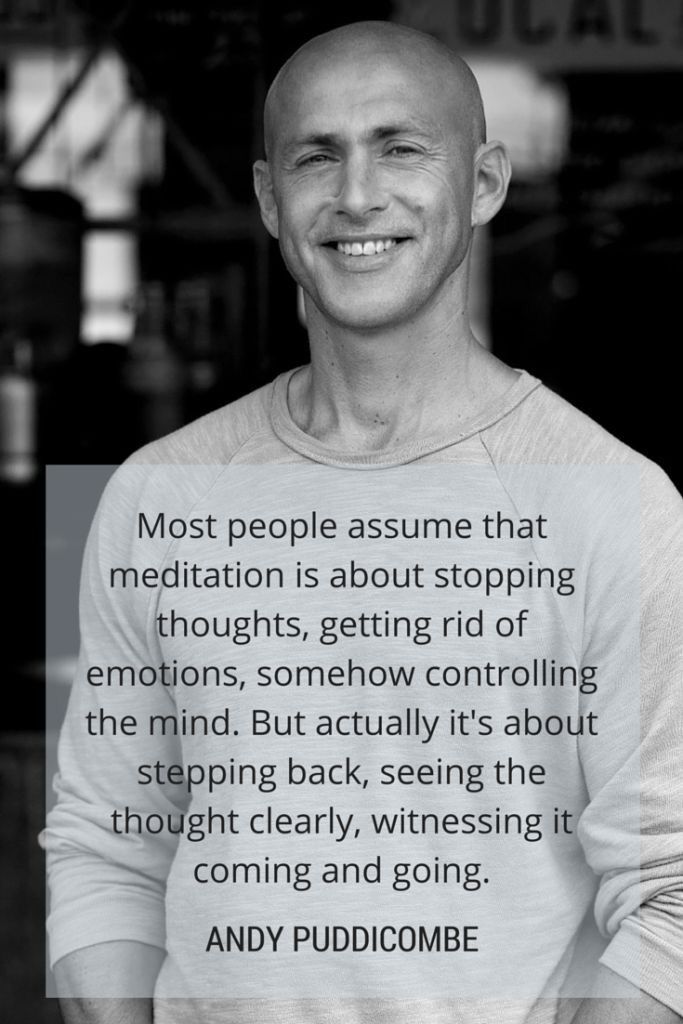 Consciousness says Observation. Consciousness speaks
Consciousness says Observation. Consciousness speaks WikiReading
Consciousness speaks
Balsekar Ramesh Sadashiva
Contents
Surveillance
Earlier you spoke about the thoughts that come, that a person is like a puppet. Later you spoke of the sage as a witness who observes thoughts. How can it be?
This is a very good question. The sage does not watch thoughts. Thoughts observed .
Is this Consciousness?
This is Consciousness. And if the mind thinks, if the average person thinks, "I am watching," that is nothing but self-deception. It is the mind observing the workings of the mind. This is not an observation. The mind that watches the mind is horizontal in phenomenal time, constantly comparing and evaluating reactions.
* * *
Even when there is no "I", the body-mind process still continues. When you talk about watching after enlightenment, after the 'I' disappears, is there any sense of separation between what is watching and what is appearing as a phenomenon?
When you talk about watching after enlightenment, after the 'I' disappears, is there any sense of separation between what is watching and what is appearing as a phenomenon?
Observation is noumenal functioning. There is no "witness" watching anything, which is precisely the absence of the mind. If there is a mind, there is an “I” observing events, and therefore there is evaluation and comparison. In this case, there is no comparison. It is pure observation, in which there is no observer as an individual. So the witness, the observer, is a misconception. There is never an observer. There can only be observation as in noumenal functioning. During conversations with Maharaj, when someone said, "I am watching," Maharaj would stop him and say, "This is not watching."
Observation in social studies
Observation in social studies The enormous advances in theoretical knowledge, the ascent to ever higher levels of abstraction, did not in the least detract from the significance and necessity of the original empirical knowledge.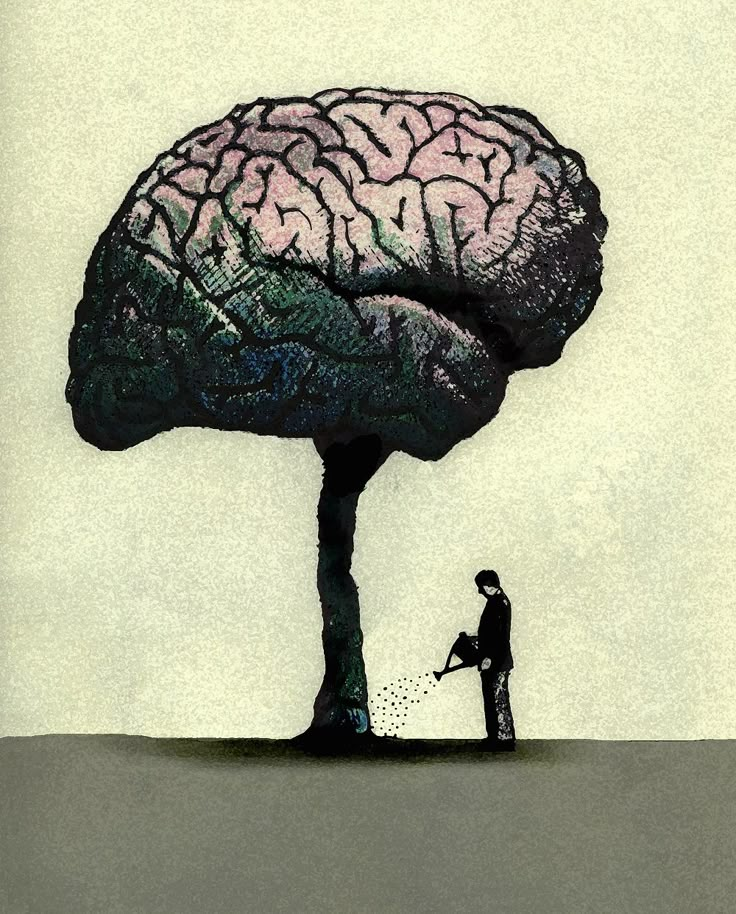 This is also the case in social science. Primary and elementary
This is also the case in social science. Primary and elementary
Chapter VII. Sensation and observation
Chapter VII. Sensation and observation (1) Preface One of the main critical motives of this book was to show that "mental" does not mean a state of affairs in which one can meaningfully ask whether a given thing or event is mental or
1. Observation of the nature of things
1. Observation of the nature of things (?). Description When a consciousness that has not reached thought declares observation and experience to be the source of truth, its words may perhaps sound as if it should deal only with the sense of taste, smell, touch, hearing and seeing; in
LIFE OBSERVATION
OBSERVING LIFE "If we weigh WHAT EXACTLY STAMPS THE HIGHER CONCEPTS, then we will inevitably come to the CONSCIOUSNESS WHICH COMPARES EVERYTHING WITH THE LOWER PHENOMENA". So it is said in "The Fiery World", part 3, §364. Observation of life leads to an indisputable conclusion: "LOVE AND HUNGER GOVERN THE WORLD."
So it is said in "The Fiery World", part 3, §364. Observation of life leads to an indisputable conclusion: "LOVE AND HUNGER GOVERN THE WORLD."
SELF-WATCH
OBSERVING YOURSELF "I advise you to watch yourself and remember that no one but the Teacher will help." (AI). Without conceit and self-abasement, without self-justification and self-consolation, in a word, honest
Surveillance
Observation Earlier you talked about thoughts coming, that a person is like a puppet. Later you spoke of the sage as a witness who observes thoughts. How can this be? That's a very good question. The sage does not watch thoughts. Thoughts are observed. Is it Consciousness? Is it
Surveillance
Observation Could you explain again what you said about "observation".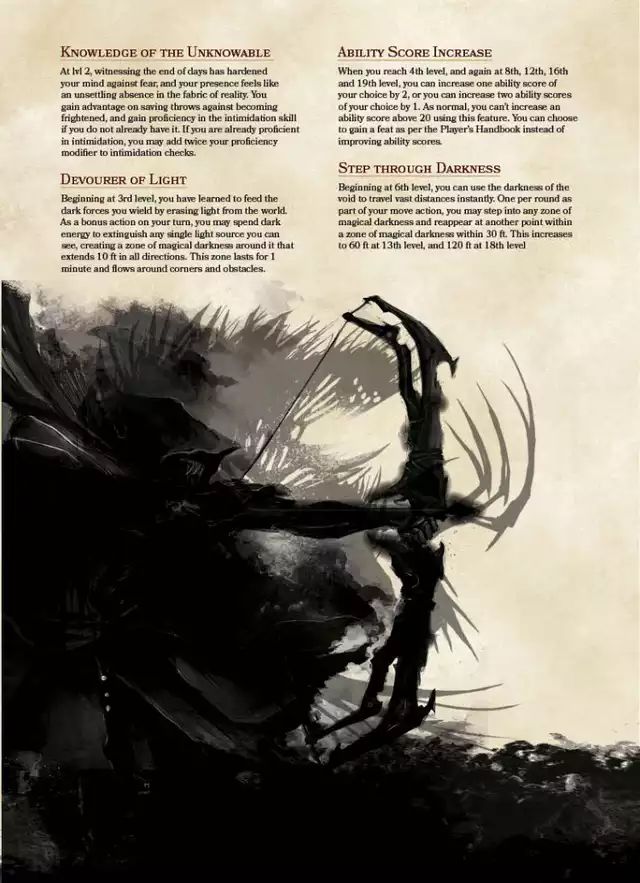 I don't quite understand. Yes. You see, observation has two stages: the first is when the ordinary person is fully involved. Second, understanding begins to appear, and the state of involvement
I don't quite understand. Yes. You see, observation has two stages: the first is when the ordinary person is fully involved. Second, understanding begins to appear, and the state of involvement
Pain observation
Watching the pain You said that until the body-mind dies, there must be some identification. What can you say in this regard about suffering and pain, especially physical pain? Physical pain is a factor that largely depends on the natural feature
Experience and observation
Experience and observation We take a skinny person and arrange him to work in the traffic police. We wait five years, we measure the volume of the row. Got fatter? Became. Next, we take another skinny person and start fattening. We wait five years, we look at the work book. Became a traffic police officer? Not
Creation of the world as an observation
Creation of the world as an observation Let's look at a couple of places in quantum theory that may remind some of us of the creation of the world.
